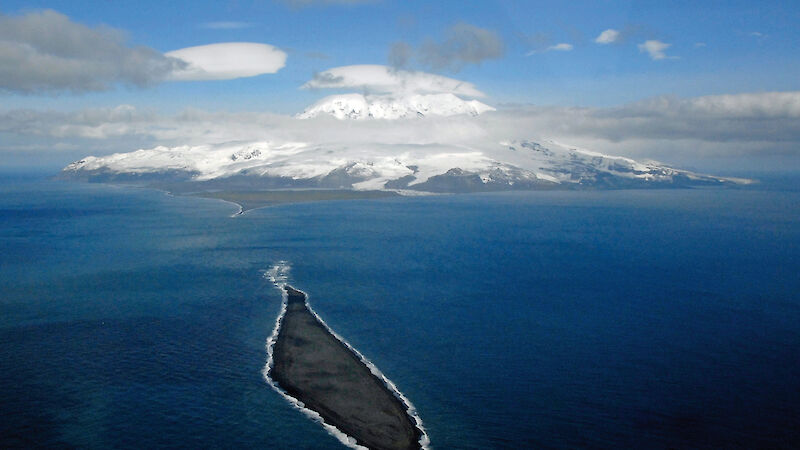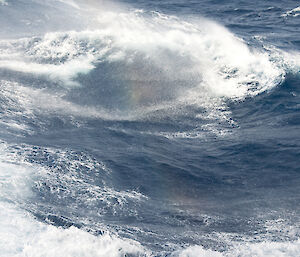Establishing a representative system of marine protected areas (MPAs) and the methodology that would guide this process formed the major initiative presented by Australia at the 29th meeting of the Commission for the Conservation of Antarctic Marine Living Resources (CCAMLR) in late 2010.
The proposal was a substantial contribution to CCAMLR’s efforts toward meeting a goal set in 2002 by the United Nations’ World Summit on Sustainable Development (WSSD) that recognised the vital role that MPAs play in conserving marine biodiversity. The WSSD agreed that MPAs (including representative networks of MPAs), consistent with international law and based on scientific information, should be established by 2012. CCAMLR has been working steadily toward achieving this goal with the first CCAMLR MPA declared in 2009 near the South Orkney Islands.
The benefits of MPAs are well documented; for example, the conservation of ecosystem processes, species, habitats and biodiversity. MPAs also have the potential to offer scientific areas to help distinguish between the effects of harvesting and other activities from natural ecosystem changes, and provide opportunities for understanding the natural dynamics of the Antarctic marine ecosystem without interference.
The objective of CCAMLR is the conservation of Antarctic marine living resources, where conservation includes rational use. Fishing for krill, toothfish and other species such as icefish and crab are carefully regulated through CCAMLR’s management regime. CCAMLR’s focus on ecosystem management and conservation makes it a key player in the global effort to establish representative MPAs.
The scale of the task ahead for CCAMLR in developing a representative system of MPAs should not be underestimated. In the nine years since the WSSD’s agreement, CCAMLR’s Scientific Committee has been working to determine where MPAs should be, what should be protected and how MPAs should be managed. In 2009 the Scientific Committee agreed to a work plan to achieve the 2012 deadline. This involved identifying 11 priority areas, finalising data collection and characterising regions in terms of biodiversity patterns, ecosystem processes, physical environmental features and human activities.Australia led two MPA proposals at the 2010 CCAMLR meeting. One set out general principles to establish a framework necessary for considering a representative system of MPAs within the CCAMLR Area. The second proposal set out a method to assess candidate areas that are considered ‘data poor’ and provided a worked example of this method by proposing a number of areas in Eastern Antarctica that could be considered for inclusion in the representative system. Agreeing on a common approach for establishing MPAs is pivotal. The level of participation and discussion among the 25 CCAMLR Members, prompted by Australia’s proposals, reached new heights.
A CCAMLR MPA workshop scheduled for August 2011 will discuss candidate areas for protection and the intention is that these will be submitted for consideration at the annual CCAMLR meeting in Hobart in October.
Australia will continue to play a key role in helping CCAMLR achieve its MPA goals in 2011 by presenting proposals at the August MPA workshop in France and at the annual CCAMLR meeting. The expectation is that CCAMLR will continue with its work plan and make progress towards achieving the 2012 WSSD target.
LIHINI WERAGODA and RHONDA BARTLEY
Territories, Environment and Treaties Section, Australian Antarctic Division


